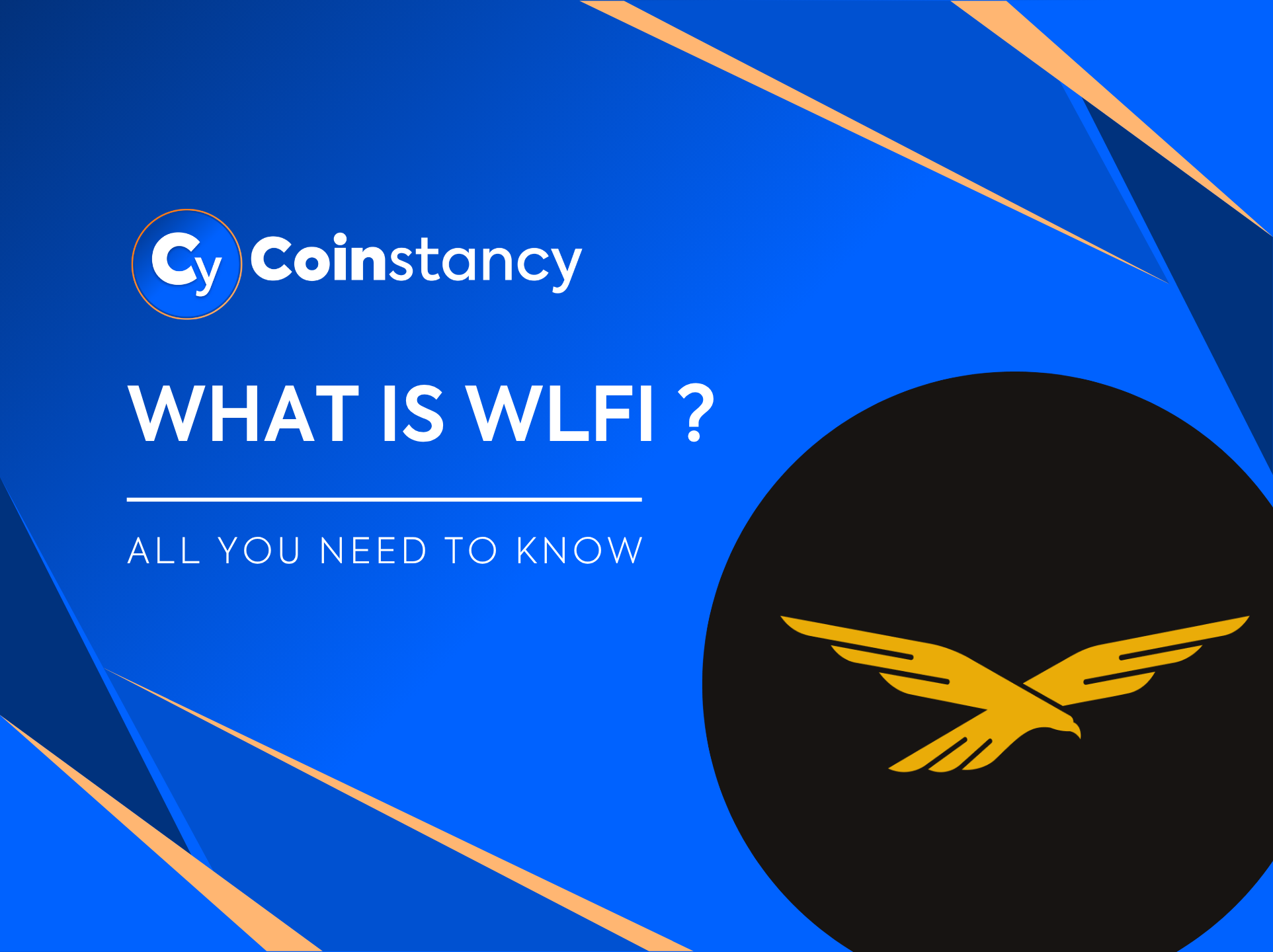
What is WLFI ?
🌟 What is WLFI and what future does it hold?
The WLFI token is the native cryptocurrency of World Liberty Financial, a DeFi platform launched in late 2024 by the Trump family. Initially, it was strictly a governance token (used to vote on protocol decisions) and was not tradable. But since July 2025, holders voted 99% in favor of making it tradable, opening the door to price discovery on secondary markets 🗳️.
Get the best returns on Coinstancy.
Sign up for free in just a few clicks.
World Liberty also introduced USD1, a stablecoin backed by the US dollar and Treasury bonds, to encourage stablecoin adoption in decentralized finance. WLFI and USD1 together form a strategic pair aiming to bring US-style DeFi to the global financial stage.
1. WLFI: a powerful governance token
At launch, 22.5 billion WLFI were allocated to the Trump family and its partners, representing about 60% governance control, and 75% of revenues from token sales. Institutional investors, including Web3 figures and a sovereign wealth fund from the Middle East, backed the project with over $100 million.
At first, WLFI offered only voting rights over technical decisions (such as stablecoin issuance or integration with DeFi protocols), with no financial value or yield tied to it.
2. WLFI becomes tradable: a strategic milestone
The July 2025 vote to make WLFI tradable marked a major shift:
- Holders can now buy, sell, and transfer WLFI.
- This enables speculation, increased liquidity, and a market-driven price.
- For exchanges, it creates new trading opportunities and volume.
The vote passed with 99% approval, showing strong community support.
3. Why investors are interested in WLFI
a) Voting power
Holding WLFI gives users the ability to vote on key governance proposals, which means real influence.
b) Massive media exposure
The Trump connection draws intense media attention and foreign political capital — creating a highly viral brand, for better or worse.
c) Institutional support
Large-scale investments from sovereign funds signal significant financial backing and legitimacy.
d) DeFi synergy with stablecoin
The launch of USD1, backed by US Treasuries, boosts the project’s credibility. It gives users access to lending, swapping, and saving options within the WLFI ecosystem.
4. What risks and limits should we expect?
⚠️ Political conflict of interest
The close link with the Trump family raises concerns — political bias, governance risk, or foreign influence. Several US lawmakers have publicly criticized the initiative.
⚠️ Regulatory uncertainty
Even though WLFI is not classified as a security for now, its political and stablecoin links could lead to tighter oversight in the near future.
⚠️ Low liquidity
Trading volumes are still low, meaning high volatility and price manipulation risk by large holders.
⚠️ Price depends on political climate
Token valuation may fluctuate heavily based on US political news. Elections or legal issues could trigger sharp moves.
5. What does the future hold for WLFI?
🗓️ Short term (6–12 months)
We expect to see:
- Exchange listings as early as September 2025
- Spikes in trading volume tied to news events
- A speculative valuation, largely driven by whales and media cycles
📈 Medium/long term (1–3 years)
A few possible scenarios:
- DeFi + stablecoin success: if USD1 sees real usage and WLFI gains more utility.
- Strict regulation: legal crackdowns could halt expansion.
- Cultural meme status: WLFI could become a symbolic or ideological token for certain communities.
Get the best returns on Coinstancy.
Sign up for free in just a few clicks.
Conclusion
WLFI is a unique case in DeFi: a governance token linked to a stablecoin, supported by high-profile political figures. Its move to tradability opens the door to speculation and liquidity.
👉 For investors, WLFI presents a rare opportunity, but one that is deeply tied to legal, media, and political uncertainty. Tracking listings, trading activity, and regulation will be key to evaluating its potential.